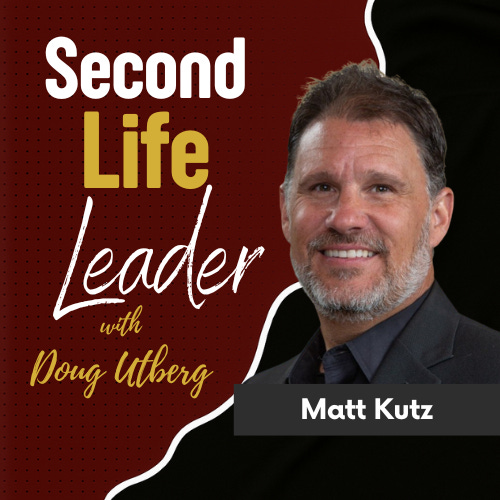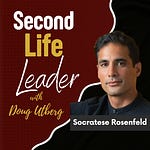Most leaders think they’re setting the tone—but often, it’s someone else. Matt breaks down how to identify the real influencers in the room, recognize subtle shifts, and build a repeatable process for situational mastery.
From his decades in sports medicine and leadership research, Matt shows how the same tools used to train Olympic athletes apply to executives, dads, and anyone navigating high-stakes conversations.
TL;DR
Situational mastery ≠ luck: it’s about recognizing, reordering, responding, and reflecting (the R4 framework).
Invisible cues rule the room: deep sighs, eye rolls, micro-pauses—miss these and you miss the moment.
Leaders aren’t always the influencers: figure out who others look to for cues, and win them as allies.
Tacit knowledge = wisdom: mastery comes from integrating hindsight, insight, and foresight (3D thinking).
The pace of change breaks hindsight: you can’t solve today’s problems with yesterday’s logic—blend past, present, and future.
No solo mastery: like Dickens’ Scrooge, you need “ghosts” (mentors, coaches, truth-tellers) to correct blind spots.
Memorable lines
“The metrics of success shift every time the room shifts.”
“Most leaders think they’re setting the tone—usually, they’re not.”
“Tacit knowledge is intuition you can trust, and it can be learned.”
“You can’t solve today’s problems with yesterday’s logic.”
“Every leader needs to know their Kissinger in the room.”
Guest
Matt Kutz, PhD — Professor of Sports Medicine & Athletic Training; VP of the World Federation of Athletic Training and Therapy; author of 8+ books on leadership, human performance, and global strategy.
LinkedIn: https://www.linkedin.com/in/drmattkutz/
Website: http://www.matthewkutz.com
Why this matters
Leaders today operate in a VUCA world—volatile, uncertain, complex, ambiguous. Titles don’t guarantee influence, and old playbooks don’t work. Contextual intelligence bridges the gap between knowing and being: it’s not just about logic or intuition, but the fusion of both in real time.
If you want to lead effectively—whether in boardrooms, classrooms, or family rooms—you need the ability to read the invisible cues, reframe priorities on the fly, and adapt without losing credibility.
Call to Action
If this conversation lit something up for you, don’t just let it fade. Come join me inside the Second Life Leader community on Skool. That’s where I share the frameworks, field reports, and real stories of reinvention that don’t make it into the podcast. You’ll connect with other professionals who are actively rebuilding and leading with clarity. The link is in the show notes—step inside and start building your Second Life today.










